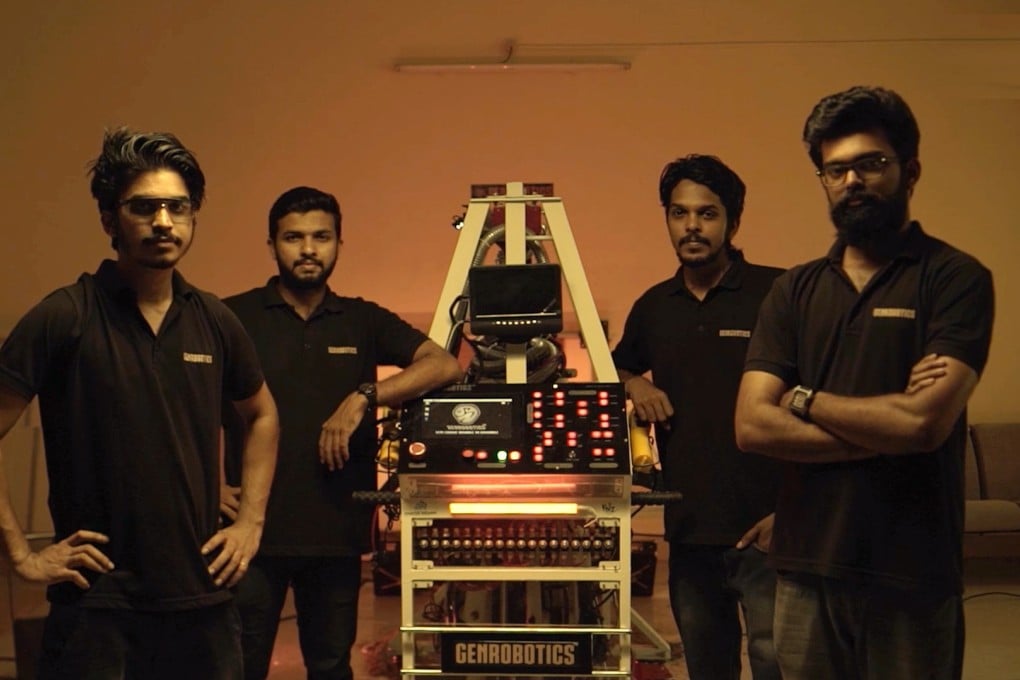India sewer-cleaning robot aims to prevent Dalits from dying in manholes
- India has tried for three decades to prevent those from the lowest caste from dying while cleaning sewers and septic tanks
- A robotic sewer cleaner developed by four university friends could help that goal and maintain the dignity of manual labourers

Mechanical engineer Vimal Govind, 29, remembers the grisly photograph that sparked the idea for his start-up’s robotic device.
Three men in 2016 had died in a sewer in Kerala, and a newspaper that covered the tragedy ran a picture that would change his life.
“Only the face of the man was visible, the rest of his body was in the manhole; the slime glistening black inside,” said Govind, who was still in university then. “I had never realised until then that human beings do this work. We have sent machines to Mars but we could not send a machine 10 metres under the ground?”
Govind is a co-founder of Genrobotics, a technology firm that seeks to eradicate manual scavenging – a job typically done by Indians from the lowest caste such as the Dalits, and one that India has tried in vain to stamp out for three decades.
The government in 1993 outlawed the manual cleaning of faecal matter and urban drainage, and in 2013 banned the employment of manual scavengers when it was clear the first law had failed to provide these workers with new livelihoods.
But still the problem persists. In April last year, Union Minister for Social Justice and Empowerment Virender Kumar said in parliament 161 people were recorded to have died while cleaning drains, sewers or septic tanks in the previous three years.
India is making another attempt to end manual scavenging, this time with technology. In the 2023 budget speech, Finance Minister Nirmala Sitharaman said the government was seeking to fully mechanise sewage cleaning in Indian cities.